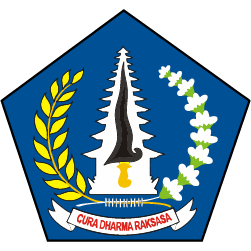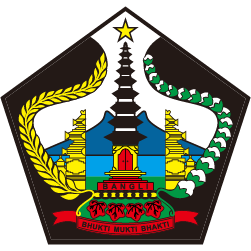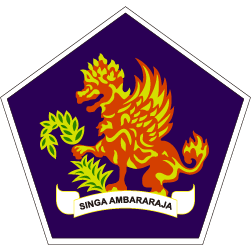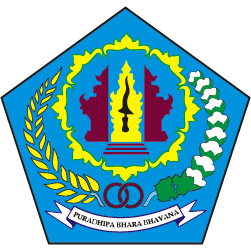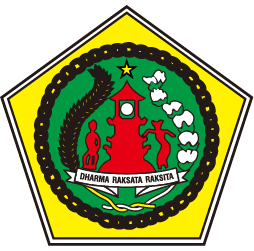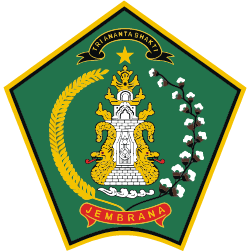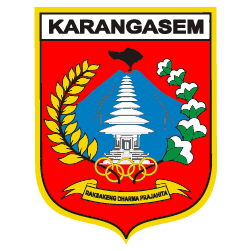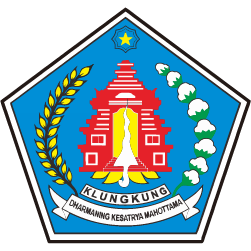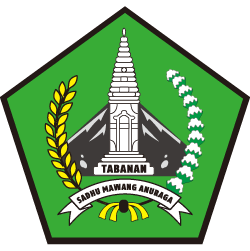The Story Behind The Telek Dance From Jumpai Village, Klungkung Regency
The Story Behind The Telek Dance From Jumpai Village, Klungkung Regency.
Bali has an incomparable appeal. The charming dance with the story behind it makes the journey even richer. Are you interested in enjoying art with the story behind it? If the answer is yes, try planning a vacation in Klungkung Regency. One of the villages in this district has a traditional art called Telek Dance.
Jumpai Village has a story that is stored neatly in memory. The story is the origin of the Telek Dance. This colossal dance is performed every 15 days. Precisely on the day of Rahinan Kajeng Kliwon, staged in the afternoon.
Afternoon, or often referred to as sandhi, also has a background. The sun starts leaning west at 18.00 Central Indonesian time. That time also became a marker of meeting time between day and night. Poetic impression may be described at that time. For the Balinese Hindus, the mystical assumption of the evening influences stretching culture and traditions. The Telek dance is also performed in the evening, when it gets late at night or when the darkness starts to move closer.
This religious dance has a duration of approximately thirty minutes. The Telek dance is staged alternately by wearing a telek mask by Banjar Jumpai Kanginan residents and Banjar Jumpai Jumpai Kawan, Jumpai Village, Klungkung Regency.
Starting from the story of a grandfather named Nang Turun. Under the sun, Nang Turun's grandfather found a piece of wood that looked like Rangda. He took the chunk of wood to a shady place around Pura Dalem Kekeran, while herding the grandfather's cow to find a place to rest.
Unexpectedly, there’s a shadow that looks like Rangda. The shadow uttered the words "tempe kai tempe kai" which means 'imitate me'. The grandfather was moved to whittle and carve wood to look like Rangda. However, not finished until it’s perfect, the shadow disappears. Wood carvings are done, but without ears.
The rest of the wood, in the end, is used to make a variety of faces of the Telek I tapel drawn on the Barong Swari’s lontar. When it’s used for mesolah or dancing, a great power appears. These forces spread outbreaks of disease and many villagers died. The incident made most residents decide to move to the remaining 300 people. A number of these people live in Banjar Jumpai Kawan and Banjar Jumpai Kanginan. Due to an unpleasant outbreak, residents finally decided to throw the tapels into the sea.
Unexpectedly, all the masks that had been thrown back to the beach. The community finally realized that the mask was meant for them. Since that incident, tapel has been functioned or kept in galleries. And residents routinely carry out rituals and also take turns every Kajeng Kliwon Rahinan. The outbreaks gradually disappear. The view of masks with great power that initially had a bad effect became the opposite. The mask that is still kept until today is believed to be the guardian and creates peace in the village.
During certain events and art festivals, the Telek Jumpai Dance is often staged. The difference is, when danced at an art festival, dancers do not use sacred tapels. This interesting story illustrates the cultural richness in Bali. Don’t forget to prepare your schedule if you want to enjoy this dance.






